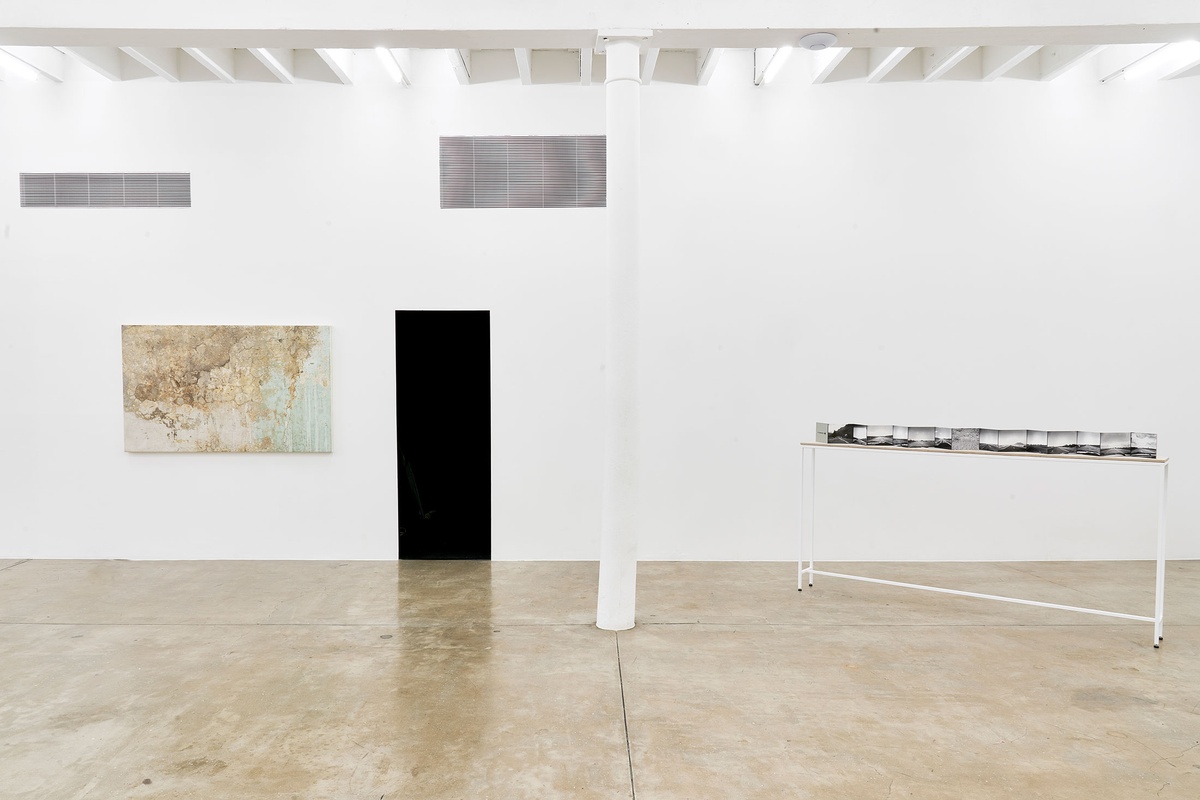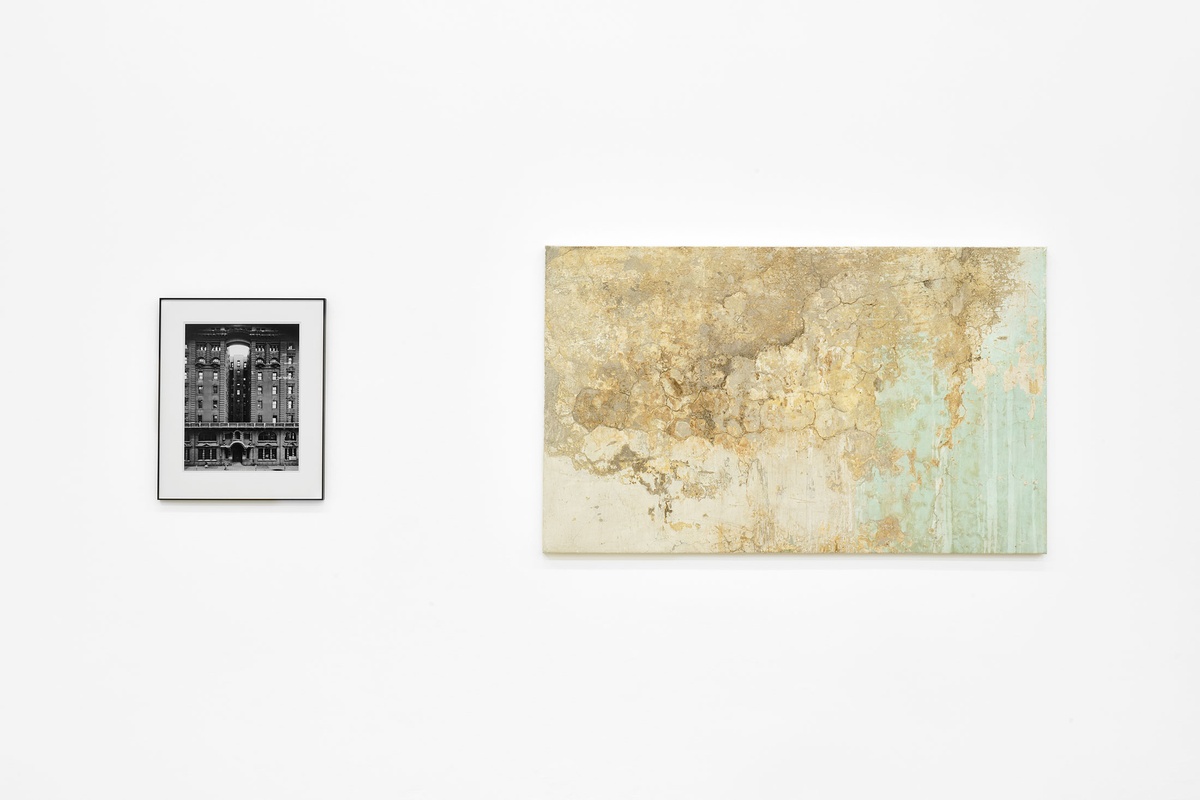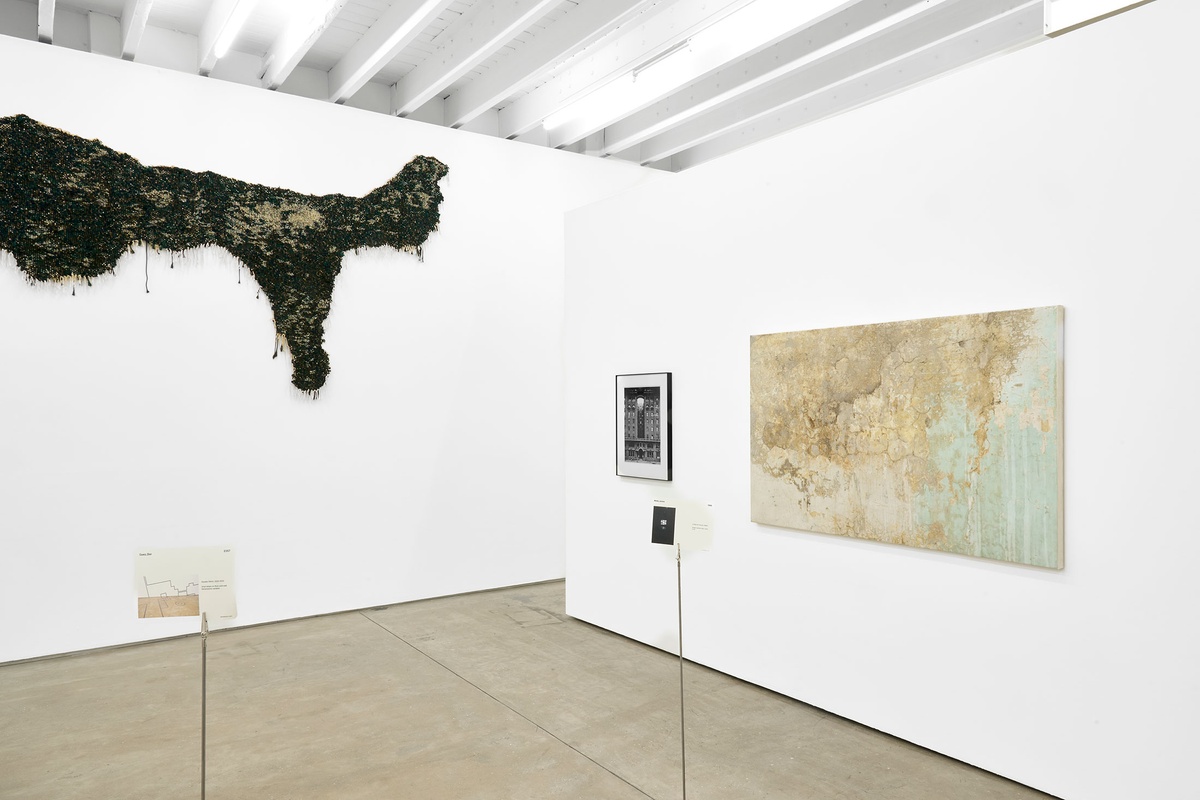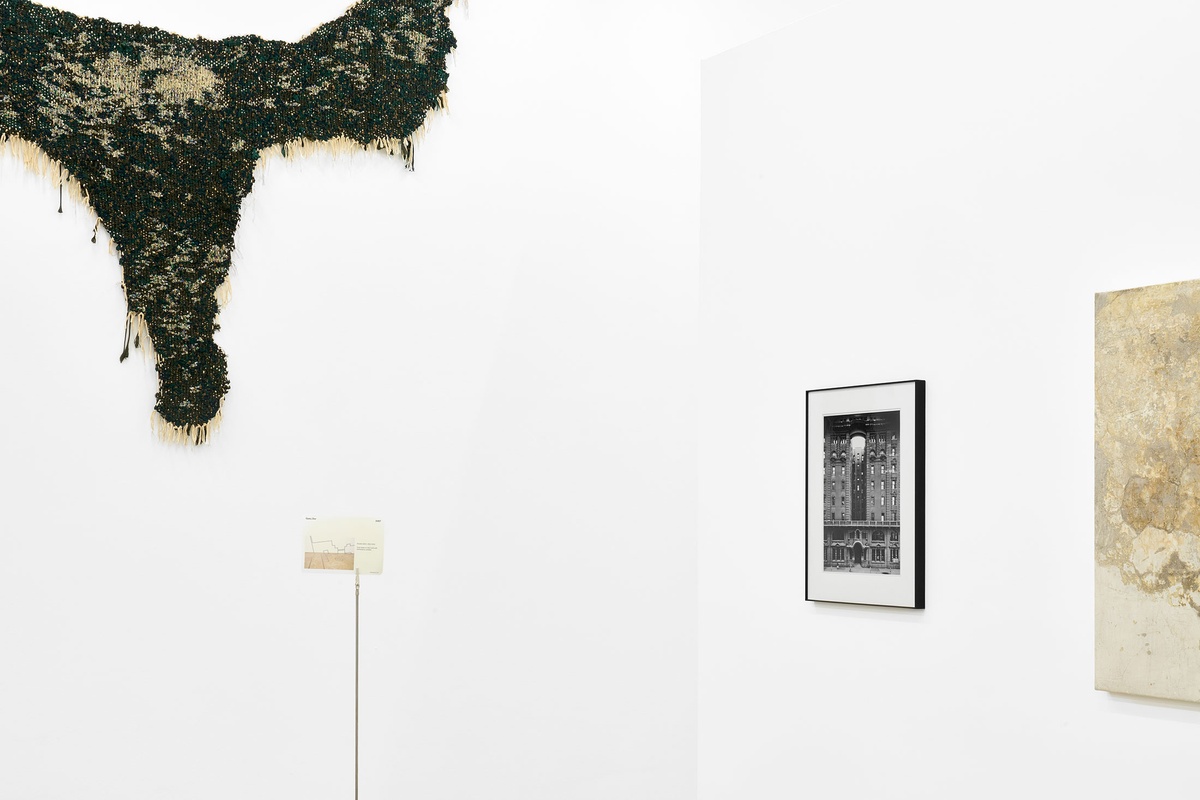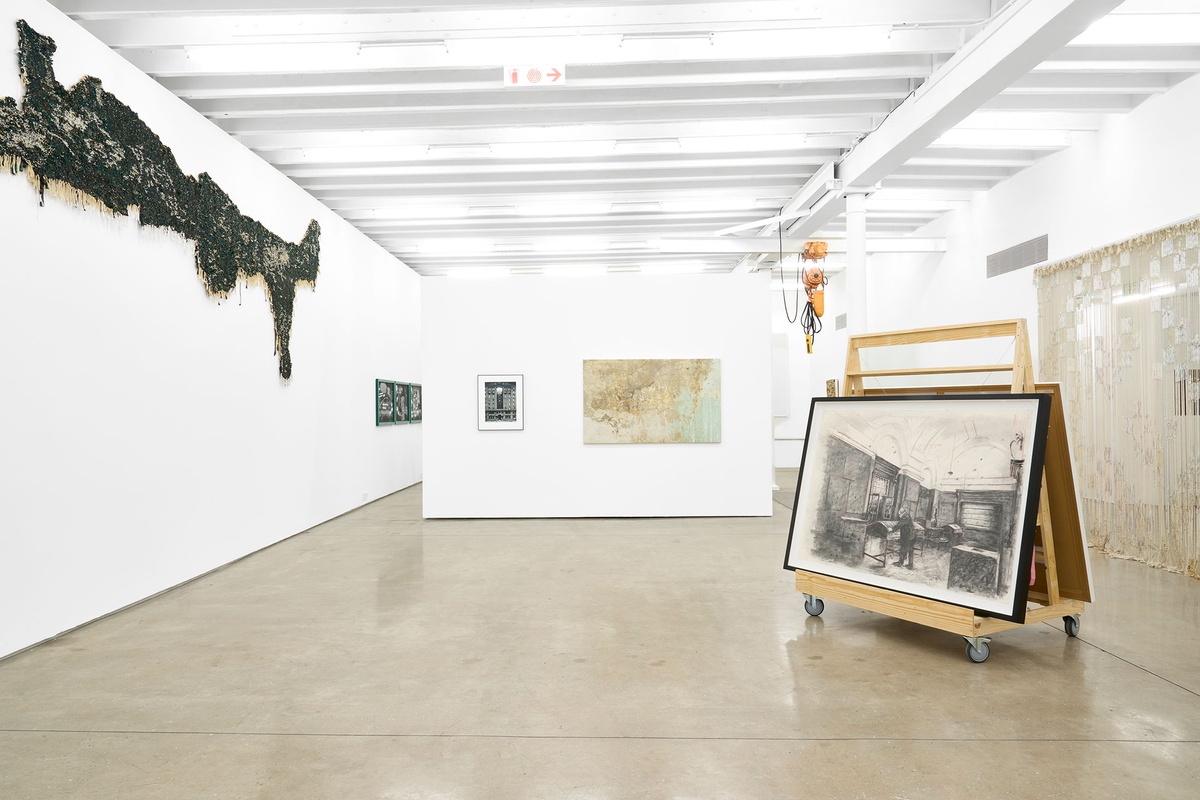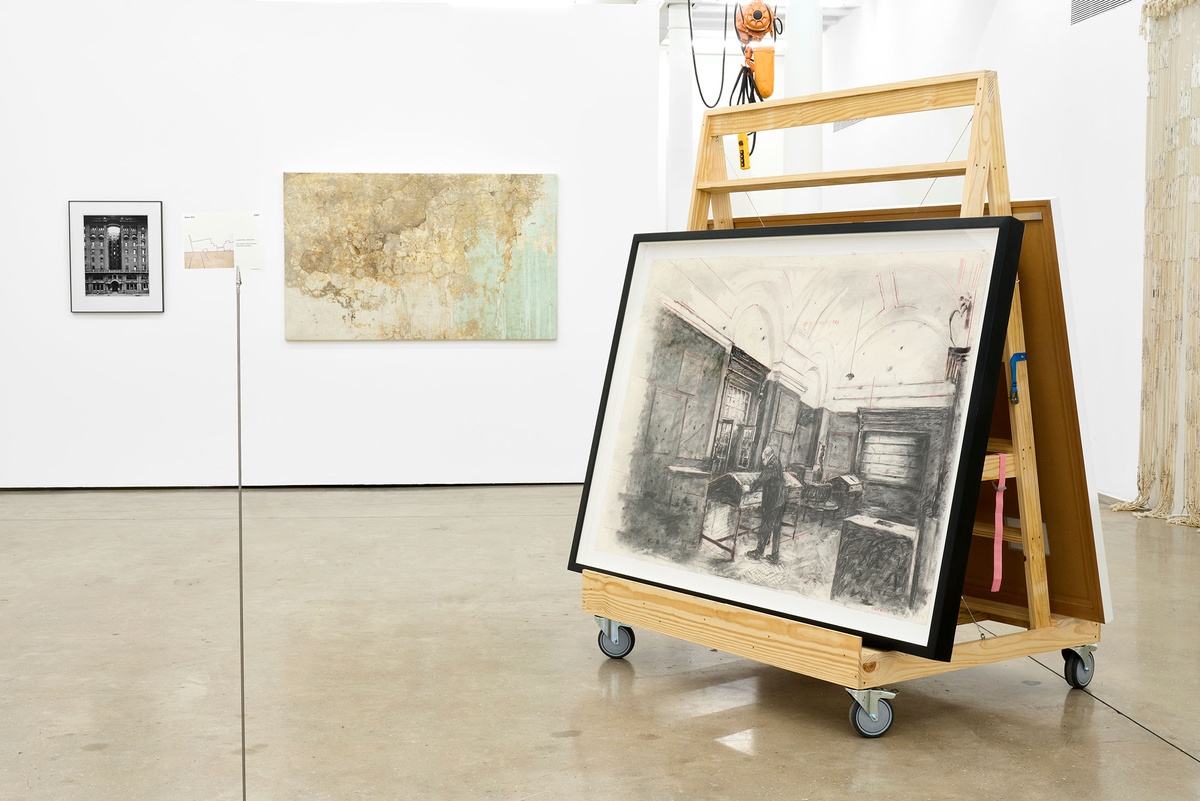Gian Maria Tosatti
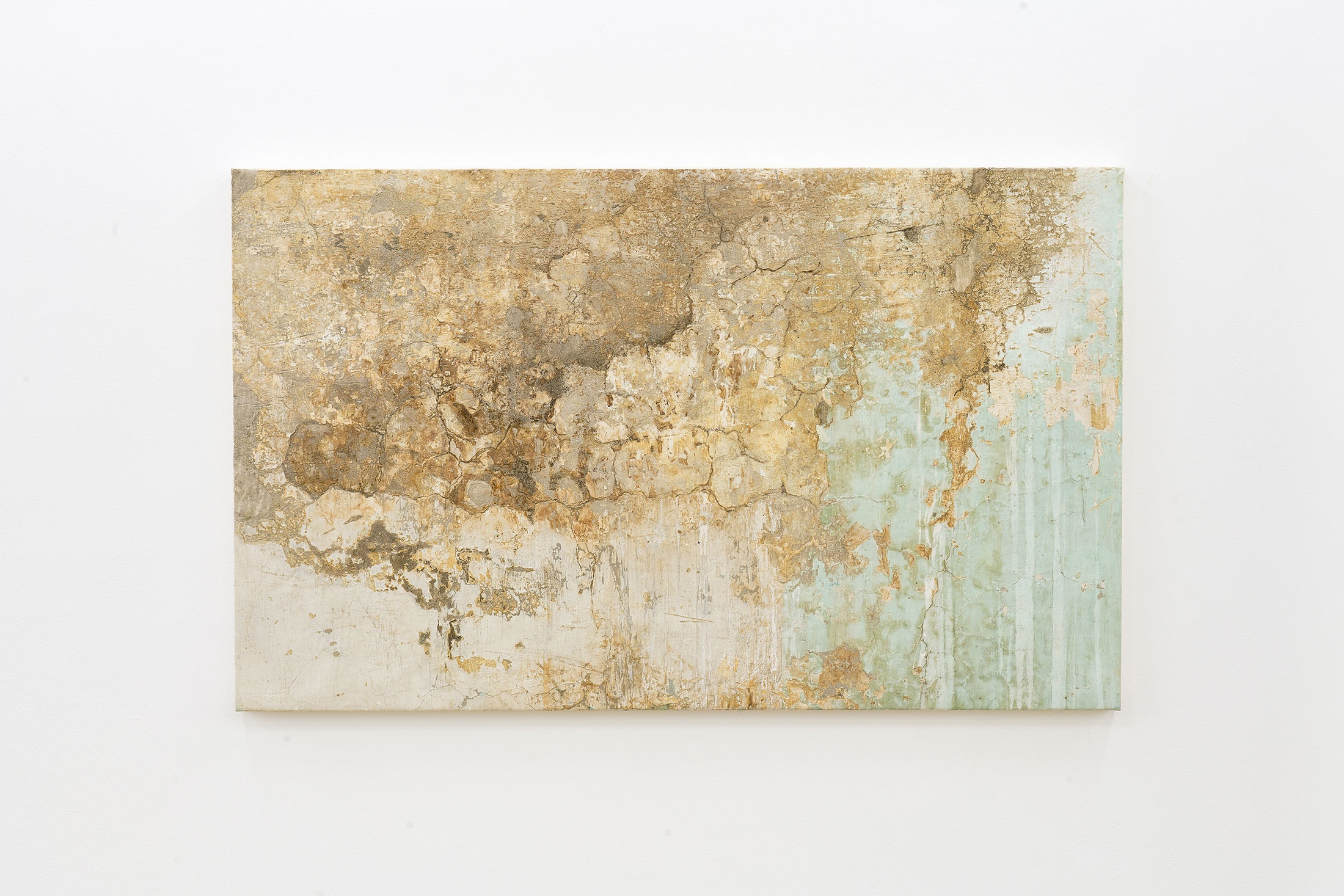
The old convent di Santa Maria della Fede stands in the centre of Naples, “almost as if one could put a pin to know that one is in the very middle of the city,” Tosatti says. In the fifteenth century, the building was administered by nuns as a place for sex workers, concubines; women unmarried or abandoned. Though not entirely a prison, it was a closed environment of rigid moral discipline. During wartime, it became a home for the displaced. After the earthquake in Naples, it was a refuge for the poor. In the 1990s, it was bought by a corporation with links to Naples’ criminal underworld. Half-renovated and with the renovations abandoned, for twenty years, the building stood empty, used for illicit activities. In a densely populated city, in which there is little outdoor space and children play in the street, the environment around Santa Maria della Fede became increasingly dangerous. The citizens took it upon themselves to reclaim the building. Tosatti made the renovation of Santa Maria della Fede in the framework of his project Sette Stagioni dello Spirito (Seven Seasons of the Spirit).
5_I fondamenti della luce - archeologia (intonaco 7) performs the same techniques utilised by conservators – those used to preserve frescoes of cultural significance – upon the walls of the Santa Maria della Fede.
Gian Maria Tosatti was in residence at A4 in 2019, where he created the ambient installation My Hart is so Leeg soos ‘n Spieël (My Heart is a Void, the Void is a Mirror).
–
The following is an excerpt from a conversation between Gian Maria Tosatti (G.M.T.) and Josh Ginsburg (J.G.) in preparation for The Future Is Behind Us, 8 December 2022.
G.M.T. When I started Seven Seasons of the Spirit in Naples, 200 churches stood abandoned and closed in the centre. There was, at the same time, a sense of monumentality, and a sense of abandon. I was demonstrating, through culture and private funding, that art can fundamentally restore back to the public their institutions. As an artist, I was giving to the state. I want to treat the lives of the people who have lived in these rooms, to give to their lived experience, the dignity that is given to the frescoes of Giotto. Just leaving the trace of one’s passage is a masterpiece. I consider this work one of my most political works, for just living is a miracle of beauty.
J.G. If you use the device of the frame you can find beauty anywhere. This is less a projection but more an acknowledgement of the present.
G.M.T. This idea of the future is behind you – there is a Sicilian way of saying: If you want to know your thoughts of yesterday, look at your body now. If you want to know how you will be tomorrow, look at your thoughts of today.
J.G. Artworks are sometimes afraid of talking to beauty.
G.M.T. Looking for beauty could be something dangerous – or rather, the idea of beauty, of what we decide it should be. Instead, beauty has to do with awareness, not construction. The flower doesn’t want to be beautiful. The flower just wants to blossom. Flowers are beautiful because they have the whole of nature around them, and nature does its part. I don’t feel myself to be the author of the works, or them to be a product of my imagination. I take the phantom thread from the jacket of every person I meet and sew these together; one line of a novel sewed into each person’s jacket. I ask each one to give me these lines, and like a technician, or an editor, I construct the novel that was already there. The great artist is one in which the portrait is a mirror through which you can see the soul of the person. We don’t need mirrors to see what is visible. We can see the largest part of our body without a mirror. The other parts of the body we can ‘see’ with our other senses; by touching them. What we see with the mirror is what is invisible. Art is a mirror that changes in context. The mirror is not reflecting only the person that stands in front of it. The mirror must be placed somewhere. Sometimes it is important to see the darkness or sadness, but sometimes it is about seeing the light.
b.1980, Rome
Gian Maria Tosatti left Italy for New York in protest of the Italian Ministry’s utterance at the time: You cannot eat with culture. “For me as an artist, to have stayed in Italy, would have been like living in a house where your father tells you, ‘You will get nothing from this family.’” In Italy, Tosatti worked as an artist-activist with immigrant and refugee communities. In New York, he took part in projects made by artists and curators working in buildings left empty by the financial crisis of 2008. A collateral outcome of the attention that cultural practitioners applied to these buildings and areas, was that these abandoned spaces became interesting to developers and buyers, and the market value increased. On his return to Italy, the artist upended the traditional state-funding model. Where governments could be expected to provide cultural workers, artists and practitioners with state support, Tosatti would instead rejuvenate buildings that stood derelict and return them to municipalities and public institutions. Art, and the artist, would work with the communities of Naples to restore the city, and give back to the state. Gian Maria Tosatti “works on a large canvas…the city of Naples,” Fondaziona Morra announced for the artist’s long-duration site-specific project, Sette Stagioni dello Spirito, in 2015.
